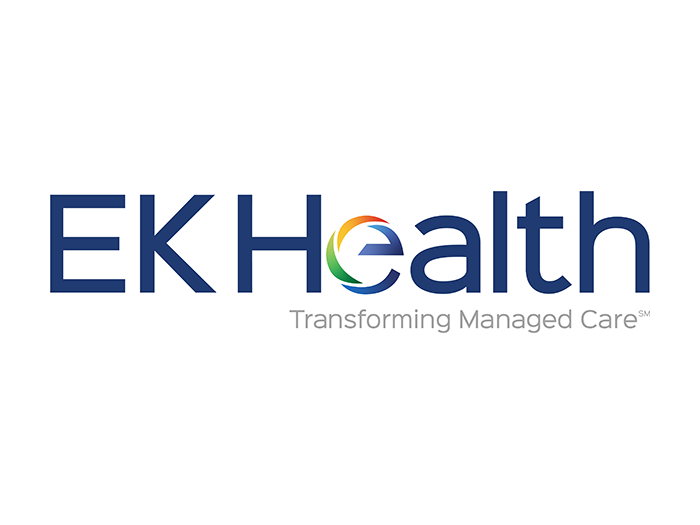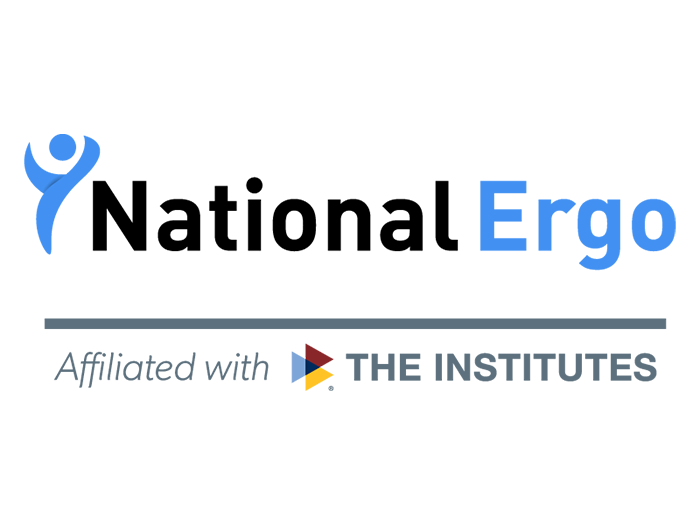Risk Insider: Marilyn Rivers
Volunteerism in the Public Sector
Our public entity dollars are short with no relief in sight, as tax caps remain stagnant and public officials promise to slash the tax base further.
Yet governance costs continue to escalate with mandatory contractual and retirement increases. In order to fulfill our public mandates, public entities across the nation are accomplishing municipal goals by engaging in Public Private Partnerships and beginning creative relationships with community organizations.
It’s helpful that baby boomers are aging gracefully. As young activists, we insisted on change in society, championed the environment, helped advance technology and introduced the foundations of global social media — just to name a few.
We’re shredding the image of the couch potato by abandoning simplistic leisure sports and actively seeking to give back to the world by saving wildlife, vacation volunteering and participating in community programs to fill the void left by shrinking tax dollars.
Generational community activism and public need have the beginnings of a beautiful partnership if appropriately crafted for all parties involved.
Once you identify your public entity’s needs, it’s time to wrap some program parameters around what you hope to accomplish.
The first step in developing a robust community volunteer program is to identify public need. Work with folks within your organization to identify projects that have been sitting on the shelf for lack of funding, staffing or interest.
Identifying programs that volunteers can work on in your community — which are not protected by collective bargaining agreements or contractual agreement with other agencies — may mean that the only thing you have to purchase is the materials themselves.
More often than not, however, many community organizations are more than willing to donate their own supplies to accomplish a public program. That leaves you with the paperwork of accepting a donation instead of trying to find a shrinking budget line.
Some examples of community projects that offer potential are: Adopt a highway and by-way, water sampling, fish population studies, park plantings, spring cleanup, and trail upkeep.
Volunteer ADA sidewalk and intersection studies might also be on the top of your to-do list as you plan your upcoming budget. Check out Scouts looking for a signature project, or a school or church group looking to give back to the community.
Once you identify your public entity’s needs, it’s time to wrap some program parameters around what you hope to accomplish.
Developing volunteer job descriptions with appropriate duties and responsibilities set the stage for ensuring your expectations and help outline the qualifications needed to accomplish your goals and those of the individual(s) or organization willing to assist you. Determining the physical and educational task criteria assist in promoting the success of your project’s outcome and your volunteers’ satisfaction with giving back to their community.
There may be special criteria needed for a particular volunteer project you are contemplating. Do you need to record a particular fish population, obtain daily water samples, identify a particular species of butterfly or bat? If special criteria are needed for any given task, consult a local educational institution to inquire whether or not they are interested in helping to set the criteria for your data collection.
Remember, each successful relationship with your community member in any volunteer program promotes good citizenship, a give back to the community, and moves along a project that has the capacity to positively benefit your financial bottom line.










